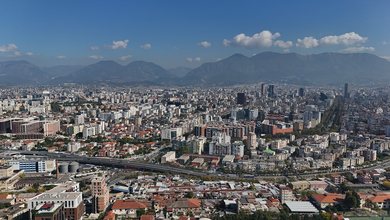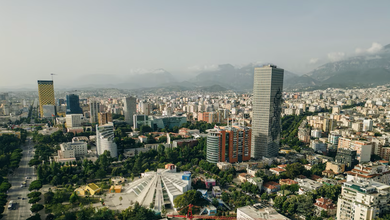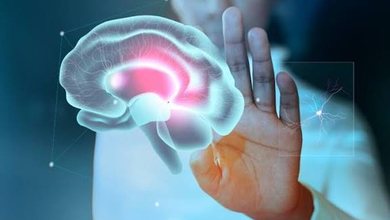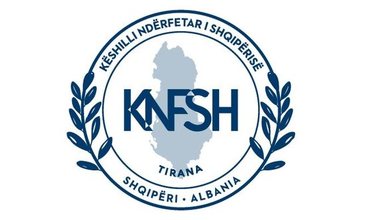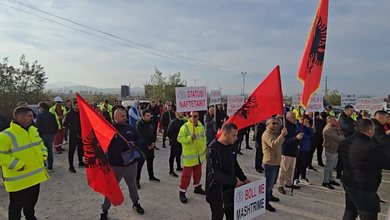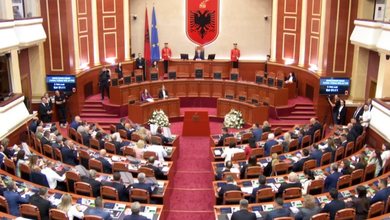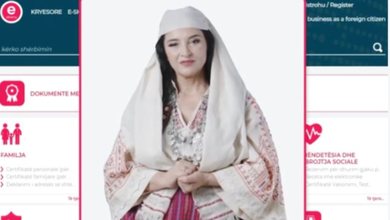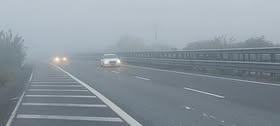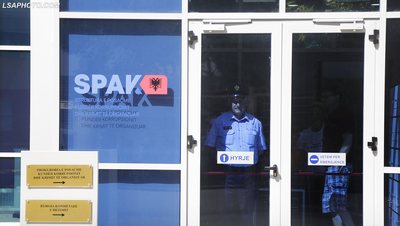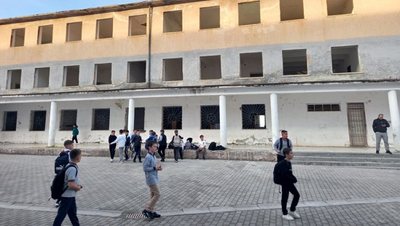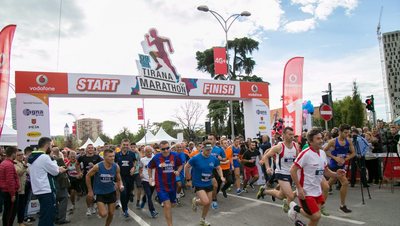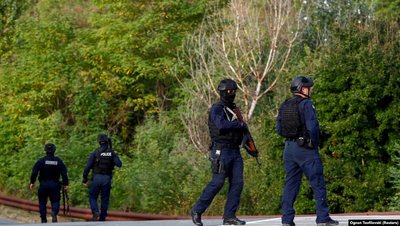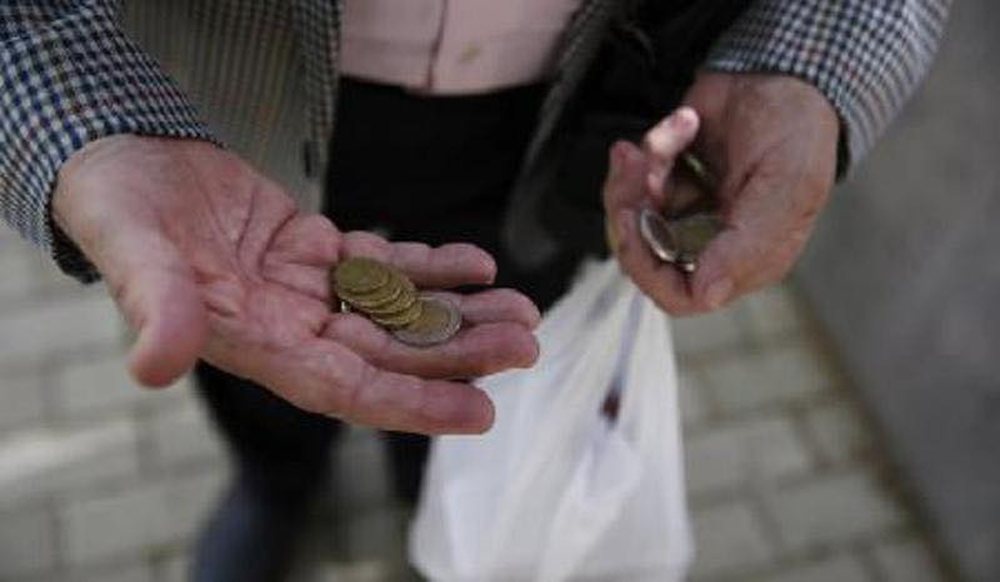
In Albania, 40.5% of the population is at risk of poverty or social exclusion by 2024, according to data recently published by INSTAT.
This means that 40.5% of the population meets at least one of these three criteria:
-They are at risk of monetary poverty – a person's income is lower than 60% of the national average.
-They have severe material or social deprivation – the person is unable to afford basic expenses such as heating, paying bills, buying food, clothes, vacations, etc.
-Live in families with very low work intensity – when adults in a family work very little or not at all during the year.
Although compared to previous years the risk of poverty and social exclusion has decreased (from 44.5%), which was in 2022, comparative Eurostat data shows that Albania has the highest level in Europe and double the EU average of 21%.
In the region, Serbia has the lowest poverty and social exclusion, at 24.3%, followed by North Macedonia (30%, 2023 data) and Montenegro with 34.1% (2022 data). Information is missing for Kosovo and Bosnia and Herzegovina.
According to the latest Eurostat data, in 2024 around 21% of the European Union population was at risk of poverty or social exclusion – meaning that more than 95 million EU citizens were included in at least one of the three categories of the indicator: monetary poverty, material/social deprivation, or low household work intensity.
Rates vary considerably between countries. The highest rates are recorded in Bulgaria, Romania, Greece and Spain, where over 26–30% of the population is at risk of social exclusion. The best-performing countries are Slovenia, the Czech Republic, Finland and the Netherlands, where the percentage falls below 13%. The EU average stands at 21%, a level almost unchanged compared to a year ago, but lower than in the past decade.
These data show that, although living standards have improved in some Northern and Central European economies, regional inequalities remain strong, particularly in Southern and Eastern European countries, where the combination of low incomes and precarious employment continues to keep a large part of the population at social risk.
In 2024, in 93 of the 243 NUTS 2 regions in the European Union, the at-risk-of-poverty or social exclusion rate was higher than the EU average of 21%. Only four regions had the same rate, while 146 were below the average.
On the other hand, 26 regions recorded very low rates, less than 12.5%. These included regions in northern Italy (e.g. the Autonomous Province of Bolzano — 6.6%) and regions in the Czech Republic,
Austria and other EU countries.
Regions with high risk levels include some in Greece, Bulgaria, Spain, Italy and Romania. In the case of Greece for example, 5 regions exceeded the 33% threshold.
The North, the second poorest in Europe
In the ranking by region, Albania's data are for 2022 (when the total indicator was 44.5%). The North of Albania has the second highest level of poverty and social exclusion, with 47.1%, leaving behind only the area of Guyane (which refers to French Guiana, an overseas region of France, located in South America, bordering
Brazil and Suriname), practically making the North of Albania the poorest in the European territory. The Center had a level of 44.1% and the South of 42.6%.
International Day for the Eradication of Poverty
Today is the International Day for the Eradication of Poverty. For this reason, Eurostat has published the data and invites institutions and citizens to embrace actions that reduce poverty and social exclusion in all regions of the EU.
This indicator is a combined measure of living standards and social inclusion, which helps the EU compare inequalities and assess the impact of social policies between regions and member states.
In Albania, one of the poorest countries in Europe, these invitations are surprisingly absent!
People at risk of poverty or social exclusion (2024), %


